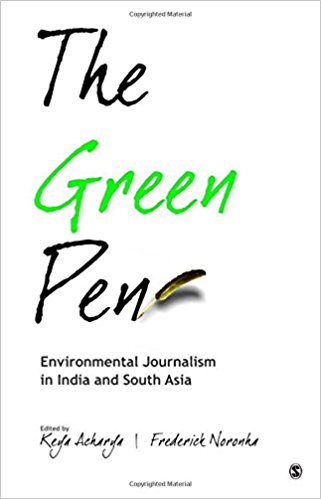Environmental journalism in South Asia, especially in India, despite having a plethora of very eminent fathers—and mothers—continues to be somewhat orphaned. Held hostage to a variety of forces, from the inhospitable terrain provided by an increasingly corporatized media to a fickle readership/viewership, environmental journalism has had to depend on factors outside of itself for its relevance.
Take the recent outrage over Bhopal. The story of a lethal gas leak—among the biggest of any breaking news in post-Independent India—has ebbed and flowed like the ocean. A recent court verdict has spurred a recent avalanche of media attention. Fortunately so. But it begs the question, ‘why was the living tragedy of an already deeply affected community living on a toxic time bomb in the vicinity of the Union Carbide factor under-reported these 25 years and more’?
This is not to say, of course, that environmental journalism in India has not had its moments. The very fact that it is recognized today as an important, credible genre testifies to the work of innumerable practitioners, some well-known, others less so.

